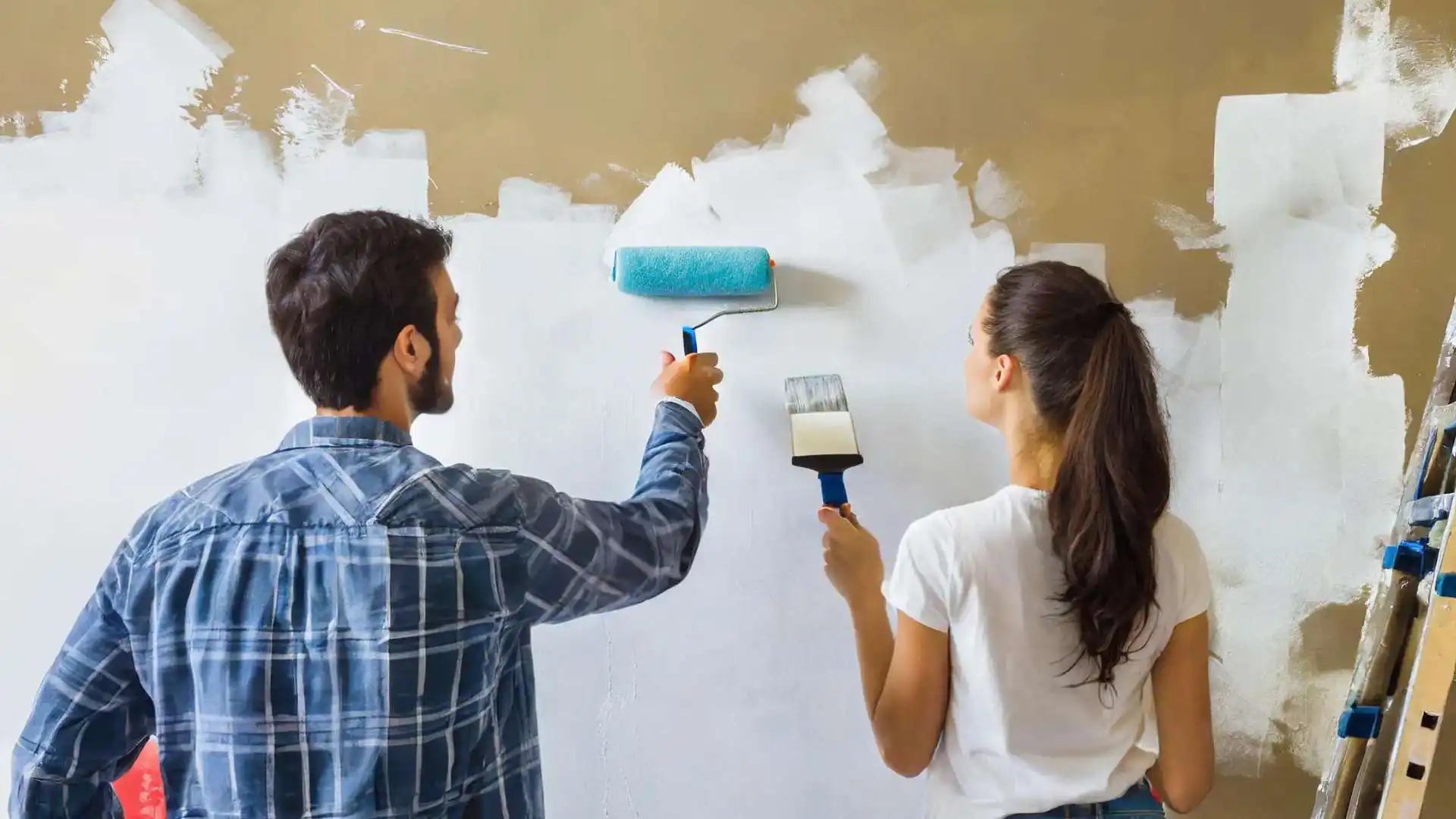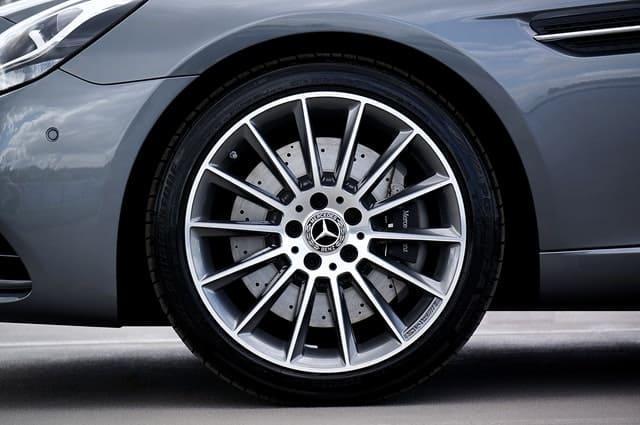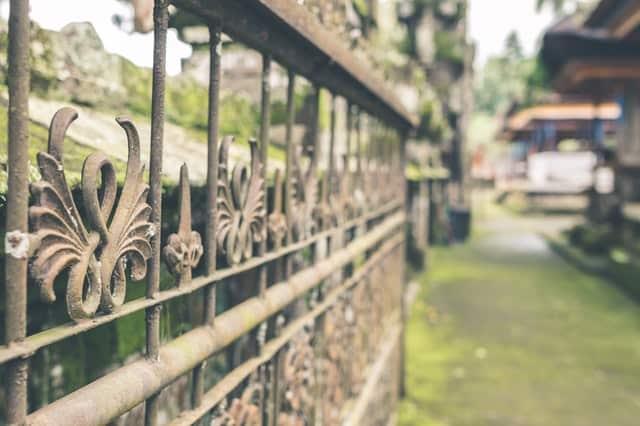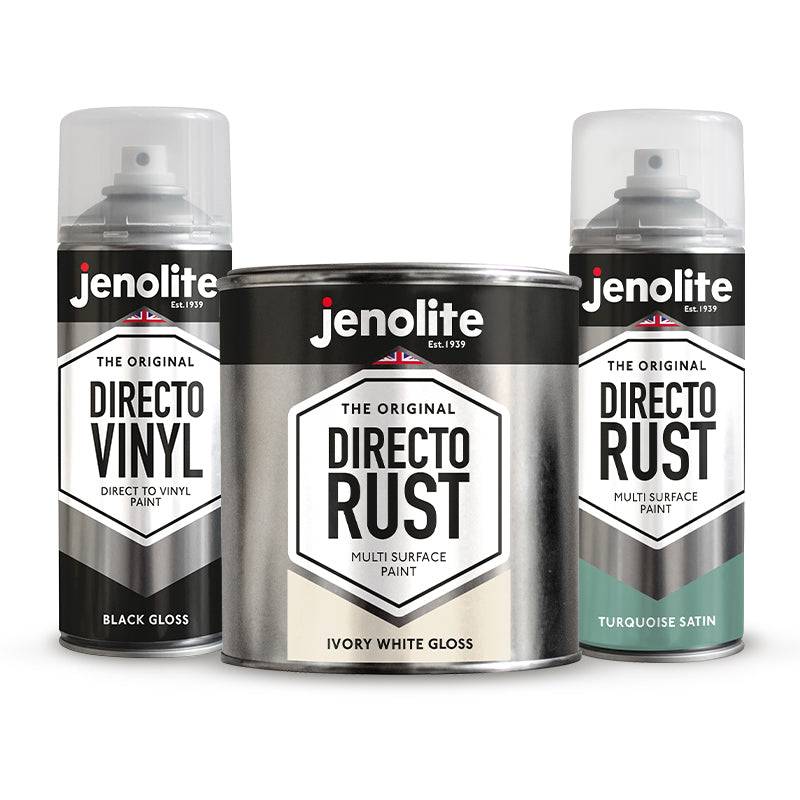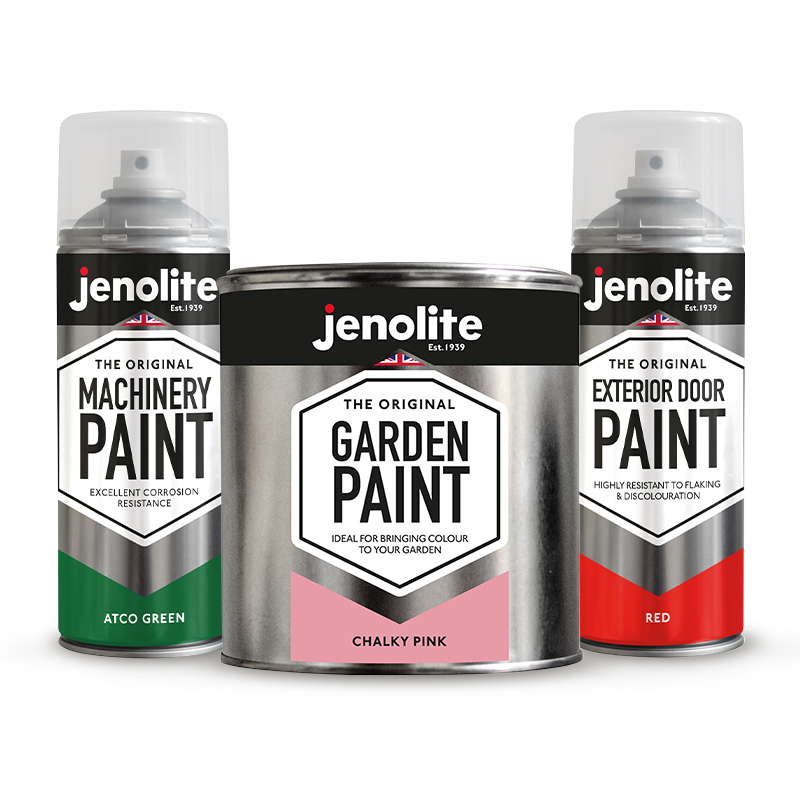How your paint dries can be the difference between a flawless finish and one which peels, crack or is patchy in colour. The secret lies in understanding the crucial difference between paint drying, paint curing and how to apply additional coats. Getting it right the first time can save you hours of frustration and ensure a long-lasting, impeccable finish.
Surface Preparation
As with any surface, cleaning before applying paint is essential, especially true of metal. With metal, rust corrosion and scale should be thoroughly removed to allow for proper adhesion. Applying a primer designed for the surface you’re painting on can improve adhesion and influence drying times. However, primers usually have different drying characteristics than the topcoat.
Paint Drying
Paint drying occurs as solvents evaporate, making the paint coating feel dry to the touch. However, it's important to note that paint 'drying' doesn't equate to full curing. Only when your paint coating is completely hardened and fused to the surface, is it truly dry.
Paint Curing
The curing process on the other hand, is when your paint undergoes a complete transformation, reaching its fully hardened and preserved state. Solvent based paints dissolve or disperse components like pigment and resin, creating the perfect consistency for application. As the paint is applied, solvents evaporate, leaving behind a resilient film that takes on average up to 3 days to fully cure. During this period, the paint may have a flexible, almost plastic-like feel.
Accelerating the Cure Process
Using a heater for a cold room or using a fan or air conditioning for a humid room can speed up the curing process. Adequate ventilation, low humidity, and optimal temperature conditions all contribute to faster drying and curing.
How to Test for Cure Completion
It's important to note that while a paint surface may feel dry to the touch within a few hours, the paint may not be fully cured. Full curing, where the paint reaches its maximum hardness and durability, can take several days to weeks.
To check if your paint has fully cured, gently press your fingernail or a knife onto the coating. If it leaves an indent, the paint isn't fully cured. If the surface remains hard and unyielding, your paint has successfully completed the curing process.
Factors Influencing Paint Cure Time
The duration for paint to fully cure isn't always exact. Variables like room temperature, moisture levels, and even the weather can impact curing time. Hot and humid environments might extend this timeframe up to 7 days, while hot and dry conditions could reduce it to 3 days.
Additional Coats: Hazards of Wet Paint
Applying another coat of paint before the first coat has dried can lead to various issues that may compromise the quality and appearance of your paint job. Here are some potential problems:
- Streaks and Uneven Finish
Wet paint is likely to be disturbed when applying a second coat, leading to streaks, brush marks, or an uneven finish. The fresh coat may lift or mix with the still-wet first coat.
- Peeling and Flaking
If the first coat hasn't had sufficient time to bond and dry, the application of a second coat can cause the layers to separate, leading to peeling or flaking of the paint when it dries.
- Patchiness in Colour
The interaction between the wet layers can result in variations in colour or texture, creating a patchy appearance that is often difficult to correct.
- Longer Drying Time
Applying additional wet coats can extend the overall drying time of the paint. This is because each layer needs to dry individually before the next one can begin to cure.
- Adhesion Issues
The second coat may not adhere properly to the still-wet first coat, affecting the overall adhesion and durability of the paint.
- Bubbling
In some cases, applying a second coat before the first has dried may trap air between the layers, leading to the formation of bubbles in the paint.
- Wrinkling
The solvents in the second coat can interact with the wet first coat, causing it to wrinkle or ripple as it dries.
- Extended Curing Time
The curing process, where the paint reaches its maximum hardness, can be significantly delayed when multiple wet coats are applied too closely together.
If you accidentally apply a second coat too soon, you may need to wait for the paint to dry completely, sand the affected area, and then reapply the paint following the recommended intervals. Prevention is key to achieving a smooth and durable finish, so be patient and allow each coat adequate time to dry before proceeding with the next one.
Conclusion
To avoid these common paint related issues, it's essential to follow the recommended drying times provided by the manufacturer. Though this can vary depending on the type of paint and environmental conditions. Always refer to the specific product guidelines for accurate information.

